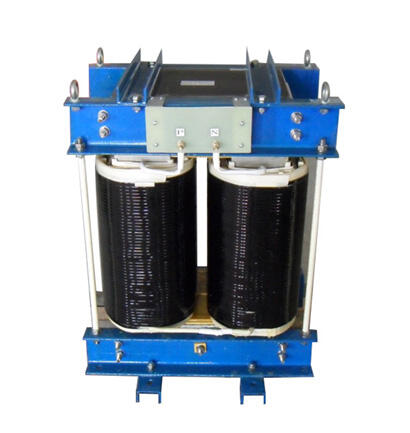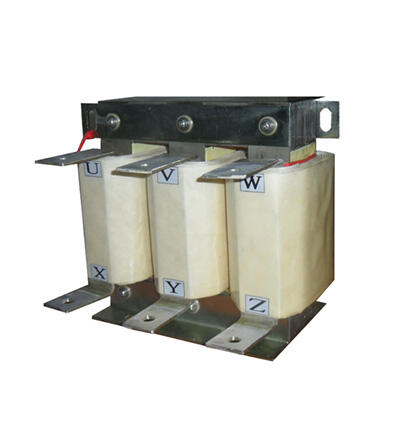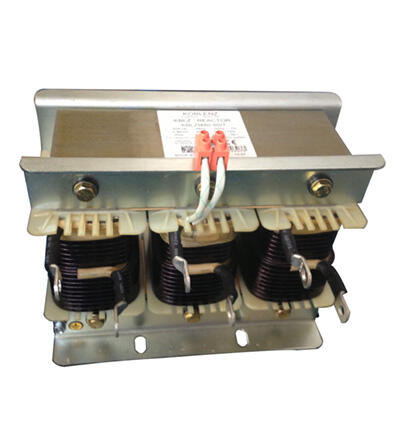reactors in substation
Reactors in substations are critical electrical devices designed to regulate and control power flow within electrical distribution systems. These essential components serve multiple functions, primarily managing reactive power compensation and limiting fault currents. The technology employs electromagnetic principles to create inductance, which helps maintain voltage stability and protect equipment from sudden current surges. Modern substation reactors feature advanced core materials, sophisticated cooling systems, and precise impedance control mechanisms. They are available in various configurations, including shunt reactors, current-limiting reactors, and neutral grounding reactors, each serving specific purposes in power distribution networks. The construction typically involves high-grade electrical steel cores wrapped with insulated copper or aluminum windings, housed in robust tanks filled with insulating oil or dry-type designs for specific applications. These reactors operate continuously in demanding environments, maintaining power quality and system stability. Their applications span from large power transmission substations to industrial facilities, renewable energy integration systems, and urban power distribution networks. The technology incorporates smart monitoring systems for real-time performance tracking and predictive maintenance, ensuring optimal operation and extended service life.


